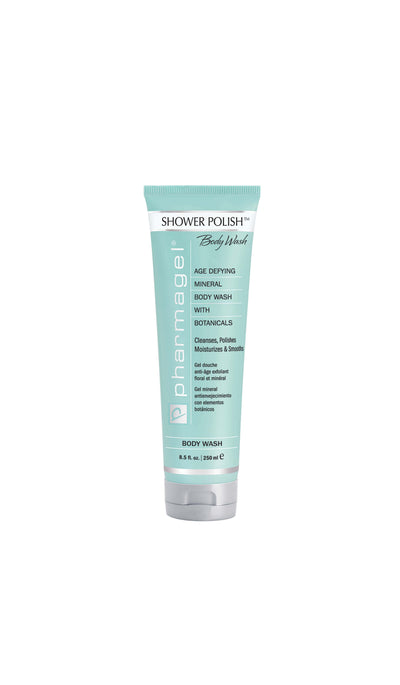
Sodium Hyaluronate vs. Hyaluronic Acid: What's the Difference?
Wondering what the difference is between sodium hyaluronate and hyaluronic acid? It’s easy to get confused between the two since they’re often referred to interchangeably.
The reason for this? Both hyaluronic acid and sodium hyaluronate offer many of the same benefits and are ultimately counterparts of each other. Both are hydrating and plumping and are used for anti aging purposes. But before we get into the benefits, let’s start with what they actually are:
What is hyaluronic acid?
Hyaluronic acid (sometimes referred to as hyaluronan) is a clear and gooey substance. It is produced naturally by our bodies, and you can find large amounts of it in our skin, eyes and connective tissues. Its primary task? Retaining water to keep our tissues well lubricated.
Hyaluronic acid is undoubtedly one of the most popular ingredients in the skincare world today. Some people take it as a supplement, but it’s also widely used in serums and moisturizers. It is loved for its hydrating properties, as well as its incredible ability to hold 1000 times its weight in water, making it a literal magnet for moisture.
What is sodium hyaluronate?
Sodium hyaluronate is the salt form of hyaluronic acid. It is synthesized to create a smaller molecular structure for stability and increased resistance to oxidation. Its smaller molecular structure and water solubility means that it can penetrate deeper into skin, providing intense hydration beyond the skin’s surface.
Sodium hyaluronate is usually used for anti-aging and moisturizing because of its ability to improve firmness levels, smooth out fine lines, and hydrate the skin. You can find sodium hyaluronate in many products, including serums and moisturizers. It is also possible to take it as an oral supplement.
What is the primary difference between hyaluronic acid and sodium hyaluronate?
The biggest difference? Sodium hyaluronate has a smaller molecular size, which means that it can penetrate the skin better. Other than that, they both offer the same benefits.
Now that we’ve covered the ‘what’, let’s take a closer look at what these powerful ingredients can actually do:
Benefits of hyaluronic acid and sodium hyaluronate
Firmer skin
Apply a product with sodium hyaluronate or hyaluronic acid to your skin and its impressive water-binding properties will enable it to sink deep into your skin to absorb and retain moisture. Many makeup brands add one or both ingredients to their primers; because HA retains moisture so well, it makes skin look instantly plumper and more supple.
Reduced fine lines and wrinkles
As sodium hyaluronate and hyaluronic acid amplify skin hydration, skin regains a youthful plumpness and fine lines and wrinkles become less visible. Skin that is deeply moisturized is also much less likely to develop wrinkles in the long term.
Along with applying adequate sun protection, applying a moisturizer is one of the key ways to combat signs of aging. Hyaluronic acid can help boost moisture levels, helping skin to appear more hydrated and youthful.
Gentle and non-comedogenic
Is your skin on the sensitive side? You can use sodium hyaluronate or hyaluronic acid skincare products without worrying about irritation. Both ingredients work for all skin types and are non-comedogenic, which means you can enjoy their benefits without having to worry about clogged pores.
If you suffer from acne-prone skin, you can turn to a sodium hyaluronate or hyaluronic acid moisturizer without worrying about it leading to further breakouts. In fact, ensuring that your skin is deeply moisturized can even help prevent future breakouts as dry skin tends to overproduce oil which can result in a vicious breakout cycle.
Both are exceptional at retaining moisture
Hyaluronic acid is famous for its ability to retain water, as is its synthesized salt counterpart, sodium hyaluronate. Both can hold up to 1000 times their weight in water, making them an excellent choice if you’re looking for a product to boost hydration while retaining natural moisture in the skin.








